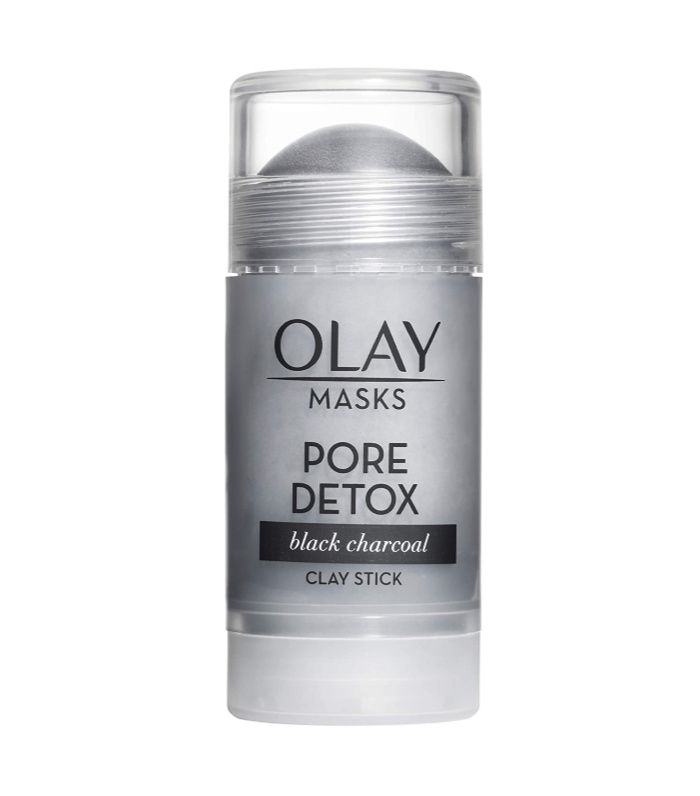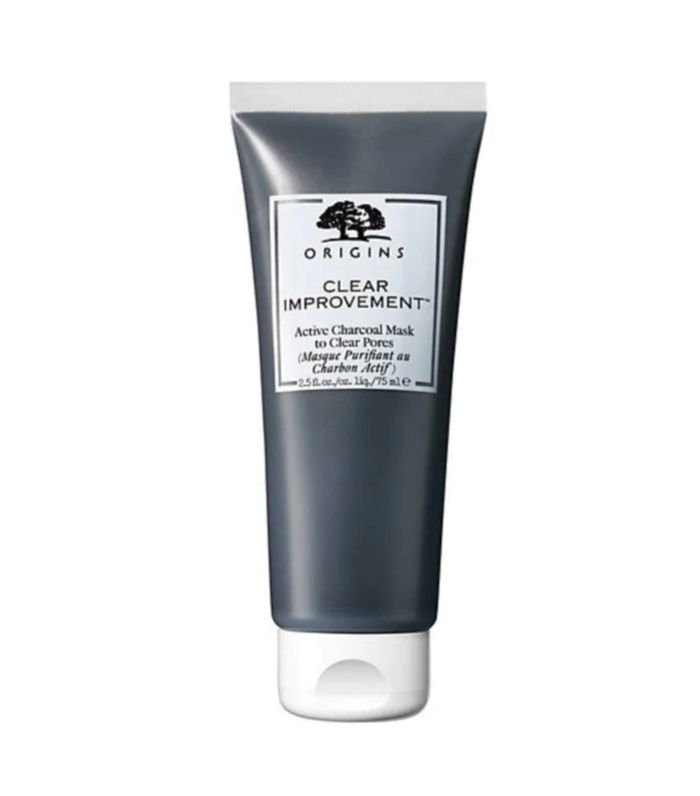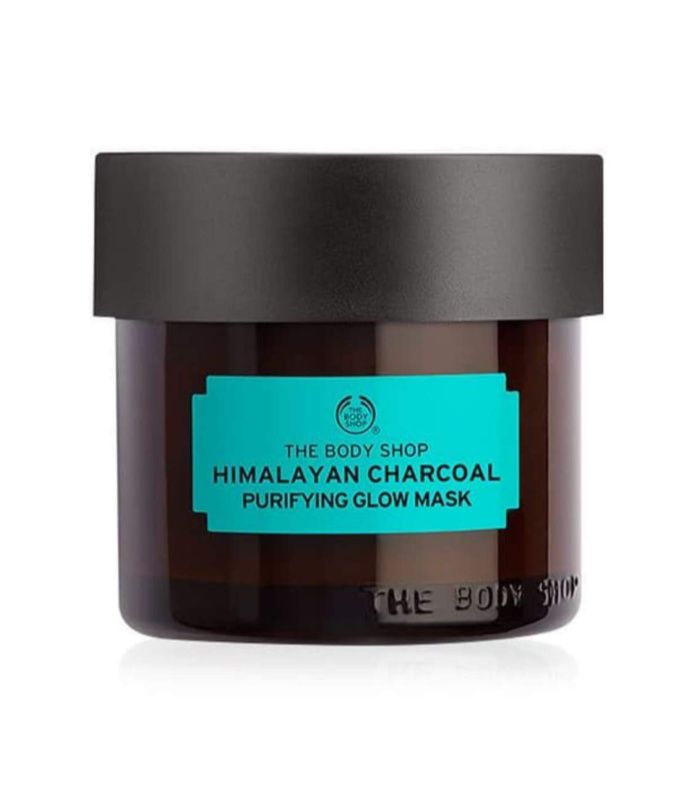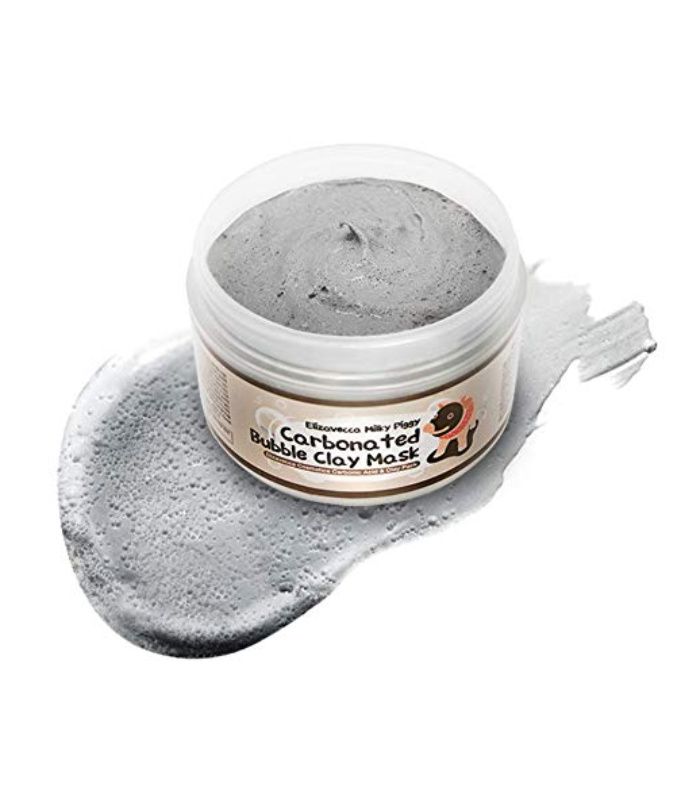Are the Benefits of Charcoal Overhyped? We Found Out

Some ingredients are so beloved in the beauty community that we often forget (or maybe just look past the fact) that little evidence exists to support the claims. Take charcoal, for instance. Never mind the trendy drinks and toothpaste; the list of charcoal-based products in the skincare department alone is overwhelming enough. The natural ingredient has long been used in medicine to remove toxins in the body, but the idea that charcoal can do the same for your skin isn’t backed up by research—just countless theories and testimonials, and convincing ones at that. So what do we do with all those charcoal masks we’ve all stockpiled? It’s a confusing spot to be in, so we enlisted the help of skincare experts Michelle Wong, a content creator at Lab Muffin Beauty Science with a chemistry PhD, and Melissa Kanchanapoomi Levin, MD, a board-certified dermatologist and founder of Entière Dermatology, to fill us in on the facts about using charcoal for skin benefits. Scroll ahead for their expert insight.
Charcoal
Type of ingredient: Adsorbent
Main benefit: Removes toxins
Who should use it: Theoretically, charcoal can remove excess oil, so those with oily skin would benefit the most from trying a charcoal-based skincare product.
How often can you use it: Because there are no proven benefits when used in skincare, Wong says there is no information on how often charcoal should be used on the skin. However, Levin adds that charcoal is inert and does not cause allergic reactions or irritation.
Works well with: Clays, which can absorb oil from the skin.
Don’t use with: Because charcoal adsorbs (binds to) other substances to remove them, Wong says it’s a good idea to avoid using actives with the ingredient but adds that they can be used after the charcoal has been rinsed off.
What is Charcoal?
Charcoal is the result of burning carbon-based materials, which makes sense if you’ve ever come in contact with the chalky, sooty substance. Although you might hear the terms “charcoal” and “activated charcoal” used interchangeably in the beauty industry, Wong says activated charcoal has been treated to produce a much larger surface area for adsorption. As she explains it, when charcoal is treated with gases or inorganic chemicals, it’s forced to open up and form pores (think of a microscopic sponge).
Not to get too technical, but activated charcoal works by using dispersion forces, which is a type of intermolecular force. “Dispersion forces are sticky forces that act between all substances microscopically,” Wong explains. “They form due to temporary dipoles formed from the movement of electrons. Because activated charcoal has a large surface area, it has a lot of space to form dispersion forces with other substances.” It’s this sticky characteristic that makes activated charcoal effective at removing substances when it comes in contact with them and why it’s earned a reputation for being such a good detoxifier. “In medicine, we have used activated charcoal to remove toxins to treat medical conditions such as poisonings, gastrointestinal tract infections, and nausea,” Levin says.
Activated charcoal is often found in masks, face soaps, exfoliating sponges, deodorant, and hair and scalp treatments, but it’s also available on its own in the form of loose powder or tablets.
Benefits of Charcoal for Skin
Theoretically, the “stickiness” of charcoal works to treat acne and detoxify the skin by removing dirt and oil, but Wong says these claims lack the science and research needed to back them up. According to Levin, it’s unclear whether its ability to remove toxins can be translated to removing them from the skin through topical application.
“Many of the charcoal cleansers or masks are promoted to be useful for acne-prone skin,” Levin explains. “However, these charcoal cleansers or masks are coupled with known acne-fighting ingredients, such as alpha-hydroxy acids, and beta-hydroxy acids, like salicylic acid, which is a lipophilic (oil-loving) ingredient used to remove sebum from pores, kaolin, which is known to bind sebum (oil), and/or fruit extracts.” Therefore, Levin says it may be too early to say that charcoal itself is an effective treatment rather than the additional ingredients that have already been established to have efficacy on skin exfoliation and sebum control.
Side Effects of Charcoal
In general, Levin says charcoal is inert and does not cause allergic or irritating reactions and will likely do no harm, but it’s also important to take into consideration the product you’re using and the other ingredients included in the formula. In other words, all bets are off for that one viral (and potentially damaging) charcoal peel-off mask that was all over your social feeds and any other ones like it. Instead, opt for a gentle charcoal-based product to protect the skin’s barrier.
How to Use It
Activated charcoal relies on physical contact to remove toxins, so in theory, it would be most effective at removing oil when applied for a prolonged period of time before being removed. However, because there is so little data on the benefits of charcoal for skin, Wong says there’s no information available on how or how often you should use it. If you choose to try a charcoal-based product, the best advice is to follow the manufacturer’s instructions.
Other Forms
As we mentioned before, charcoal can be both applied topically in an attempt to treat the skin or taken orally for medical purposes. The topic of ingestible charcoal for at-home detoxification is controversial and highly debated (always consult your physician before adding any supplements into your regimen), but when speaking about charcoal as a skincare treatment, specifically, the ingredient should not be consumed orally. “I do not recommend ingesting charcoal for acne treatment purposes,” Levin says.
The Best Products With Charcoal

Context
White Charcoal Detox Mask
$45
Wong suggests using oil-absorbing clay along with activated charcoal to increase the potential skin benefits. This detox mask, a Byrdie-editor favorite, relies on both kaolin clay and Binchotan charcoal powder (aka white charcoal, which comes from Japanese ubame oak wood) to sop up excess oil.

Olay
Pore Detox Black Charcoal Clay Stick
$10
The affordable price tag, easy-to-use packaging, and combination of oil-fighting kaolin clay and charcoal ingredients make this pore detox stick one the best clay masks on the market.

Origins
Clear Improvement Active Charcoal Mask to Clear Pores
$26
If you’re looking for a gentler (yet still effective) alternative to your peel-off masks, Byrdie editors highly recommend this pore-refining mask that targets blackheads and clogged pores with a blend of white China clay (aka kaolin), bamboo charcoal, and lecithin.

The Body Shop
Himalayan Charcoal Purifying Glow Mask
$28
Those with oily acne-prone skin, listen up: this best-selling mask is a must-have and is one of Byrdie’s top charcoal mask picks. This clay and bamboo charcoal mask is also packed with green tea leaves meant to soothe the skin and organic tea tree oil meant to further fight breakouts.

Elizavecca
Milky Piggy Carbonated Bubble Clay Mask
$10
Let’s be honest—half of the reason we love a good mask is because of how satisfying they are to apply and remove. This gentle bubble mask (which contains kaolin, charcoal powder, and allantoin) is equal parts fun to wear and good for your skin. We even rate it one of Amazon’s best beauty products.
I Tried the Activated Charcoal Hangover Pill Everyone Is Talking About
Article Sources
Byrdie takes every opportunity to use high-quality sources, including peer-reviewed studies, to support the facts within our articles. Read our editorial guidelines to learn more about how we keep our content accurate, reliable and trustworthy.
-
Juurlink DN. Activated charcoal for acute overdose: a reappraisal. Br J Clin Pharmacol. 2016;81(3):482-487. doi:10.1111/bcp.12793







